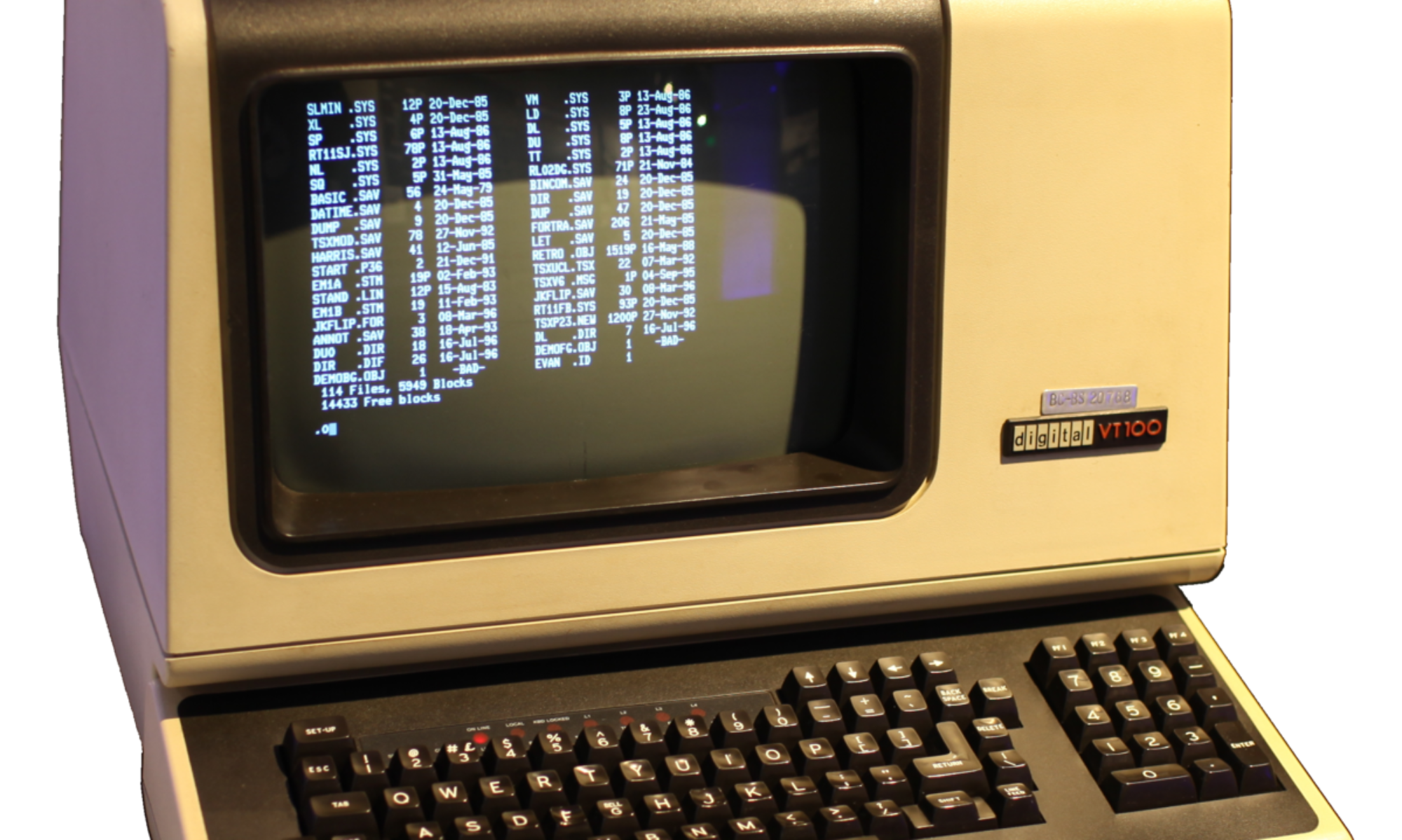
Imagine walking the streets of the oldest living town in British America, able to visit different moments over the past four centuries in order to see both how the town and its residents changed and how the Atlantic world changed around them.Now imagine interacting with the townscape, learning with a few mouse clicks who resided in each house and how white and black members of these households lived. Imagine being able to virtually enter these houses and see how they were furnished in 1660, 1720, 1780, 1812, or 1860 – to observe how they organized their material worlds and where common household activities took place. Now imagine residents in period-appropriate costume walking the town’s streets in numbers proportional to population in age, sex, and race, going about their business and chatting with you about work, gossip, hopes, fears, and families. Imagine, in short, a meticulously researched, dynamic reconstruction of a changing, evolving seaport town. You assumed the role of historian, ethnographer, or simply curious visitor to learn how Englishmen, Africans, and Native Americans established a community and, over time, created a distinct American culture on an island at the center of the Atlantic Ocean.
Virtual St. George’s, currently in development, is an interactive 3D model of St. George’s, Bermuda—the oldest living town in English America and a UNESCO World Heritage Site. We will use detailed historical data about residents, buildings, and landscapes to build historically accurate 3D models of the town between 1612 and 1900 to enable students, scholars, and the public to “virtually visit” this key Atlantic seaport and meet its residents. These models will bring history to life for humanists studying slavery, gender, trade, maritime culture, and architecture, and for the modern town’s half-million annual visitors. The project will teach history, computer, and digital media studies students to digitally model an historic town and its residents using a variety of software. The project will aid Bermudian preservation planning, develop new modes of 3D GIS interactivity, contribute to the field of public history, and serve as a model for similar digital projects focused on urban social history.
PI: Michael J. Jarvis, Department of History
Research Reports
Exploring Digital Heritage
By Camden Burd
Photogrammetry is a process in which several images of an object, building, or landscape are digitally stitched together to create a three-dimensional representation. By collecting a series of images from different depths and angles historians can recreate historic structures and landscapes as tools for historical interpretation, argumentation, as well as a device for learning…. more »
Digital Mapping and the “Sense of Place”
By Eitan Freedenberg
Historical research, we presume, benefits from coolness, neutrality, and critical distance. But the appeal to a sense of place, not just describing but making palpable distant or bygone scenery in all its spatial and social complexity, is not the responsibility of novelists alone. more »
